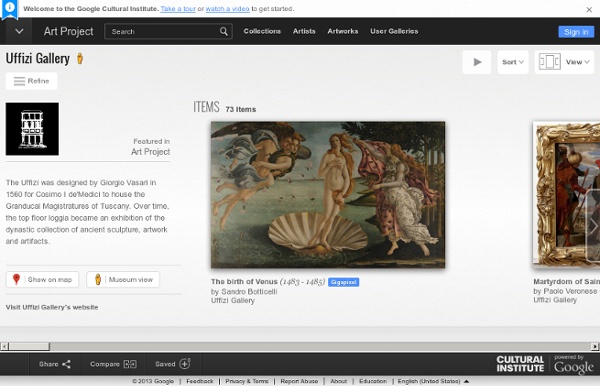



Browser not supported You come back, wavering shapes, out of the past Harry Clarke's illustrations for Faust (1925) Title: Goethe Previously: Harry Clarke's Poe Will 50 Watts The 20 Features Teachers Should Know about The 21st Century Classroom We have been talking a lot about the 21st century skills teacher need to have but what about the 21st century classroom ? Do we know how it looks like ? How much of technology is used there and why should there be any technology it after all ? These are questions that Open Colleges is trying to anwser in their awesome infographic below. Honestly I was thinking that the Flipped Classroom is the type of classroom we will have in the future but I don't think I am right so far. But no matter what kind of classroom we have , there will always be a lot of amount of technology in it. Edudemic has also helped in the realization of this infographic and it even summarized its key elements in the following bullets :
Science/Nature | Diamond star thrills astronomers Twinkling in the sky is a diamond star of 10 billion trillion trillion carats, astronomers have discovered. The cosmic diamond is a chunk of crystallised carbon, 4,000 km across, some 50 light-years from the Earth in the constellation Centaurus. It's the compressed heart of an old star that was once bright like our Sun but has since faded and shrunk. Astronomers have decided to call the star "Lucy" after the Beatles song, Lucy in the Sky with Diamonds. Twinkle twinkle "You would need a jeweller's loupe the size of the Sun to grade this diamond," says astronomer Travis Metcalfe, of the Harvard-Smithsonian Center for Astrophysics, who led the team of researchers that discovered it. The diamond star completely outclasses the largest diamond on Earth, the 546-carat Golden Jubilee which was cut from a stone brought out of the Premier mine in South Africa. The huge cosmic diamond - technically known as BPM 37093 - is actually a crystallised white dwarf.
Teaching Students to Dig Deeper Image credit: iStockphoto A backwoodsman went to a home improvement store and purchased a chainsaw to replace an old, worn-out saw. After a month, the backwoodsman returned the saw to the store, complaining, "It doesn't work worth a darn! I could hardly cut half the wood I normally do." Sometimes this happens when we try to help students to think deeper. Going Deep I am including an excerpt from my new book, Teaching Students to Dig Deeper: The Common Core in Action, that explains the differences in cognitive activities we commonly call higher-order thinking: Analytical thinking, and critical thinking are often lumped together with that other higher-order thinking skill (HOTS) known as problem-solving. Let me clarify. Analysis Vs. Here's an example: My son, Gideon who is now studying engineering at Texas A&M, took apart a broken hand mixer in order to 3-D sculpt it on the computer. Suggested Strategies
Blog-a-thon Post 9: Complex Texts or Complex Kids: Which Texts Are “Worth” #CloseReading Welcome to the fifth week of our 7-week blog-a-thon on #closereading. Each week posts are added to the Contributors page and we are looking forward to your addition. Let’s closely read the practice of close reading together! Also a reminder that we have two workshops coming up this December called “Fall in Love with Close Reading.” I will be in Brookfield, WI on December 6. Kate and I will be together in Amherst, NY on December 9. Complex What Now? If you are a Common Core State Standards state, the standards your state adopted have only one thing to say about the complexity of texts students should be able to read by themselves: In Reading Standard 10, across grade levels, the standard reads: “By the end of the year, read and comprehend literature/informational texts in the grades X-Y text complexity band proficiently, with scaffolding as needed…” One phrase that I find important: “by the end of the year.” by basibanget used under Creative Commons lic I Choose Complex Kids, First Your Turn
Using Padlet (f.k.a. WallWisher) across the curriculum Over the last few years, I’ve been looking for ways to make interactive whiteboards actually interactive. Despite the hype around them, iWBs still promote stand at the front content delivery and the interactivity is limited to the two students/teachers holding the pens. Everyone else is still pretty much a passive observer with regular doses of disengagement. With the recent creation of iPad mirroring software like AirServer and Reflector, the whiteboard has become more interactive with the ability to project multiple iPad screens onto the board. This is still a limited solution as only so many iPads can fir on one screen. Formerly known as WallWisher, Padlet started out as an online pinboard where unlimited users could post notes on topics being discussed en masse. Access. One of the benefits of Padlet is that it doesn’t require registration if you just want to create a board for quick use. Padlet has a wide array of sharing tools to make your wall accessible. Creating a Padlet Wall.